Vintage car sales get ‘freezer burn’ as collectors value patience
AMID high interest rates, uncertain global economic climates, the US presidential election and a glut of vehicles available, vintage car collectors downshifted their spending in Monterey, California, at overcrowded auctions that ended on Aug 17.
Weeklong totals when auctions closed hit US$371 million, down 8 per cent from 2023, according to data provided by Hagerty, well below the bonanza days of US$469 million sold in 2022. Half of the vehicles sold failed to realise their low price estimate, a Hagerty spokesperson confirmed.
“Not great,” is how Simon Kidston, an analyst and consultant who founded the K500 Index of classic car data, described the results. He blamed the high number of vehicles for sale most of which had already been offered in recent months and the hectic car week schedule as much as interest rates and geopolitical uncertainty for the lacklustre results.
“With auction houses trying to flood the market all at the same time and all at the same place, no matter how strong a market, it can’t absorb that kind of saturation,” Kidston said. “There were too many cars, too many similar cars, all offered at the same time during a busy weekend of lunches, dinners, launches, concours, racing and private hospitality. With so many different things going on, your head would have been spinning after 24 hours.”
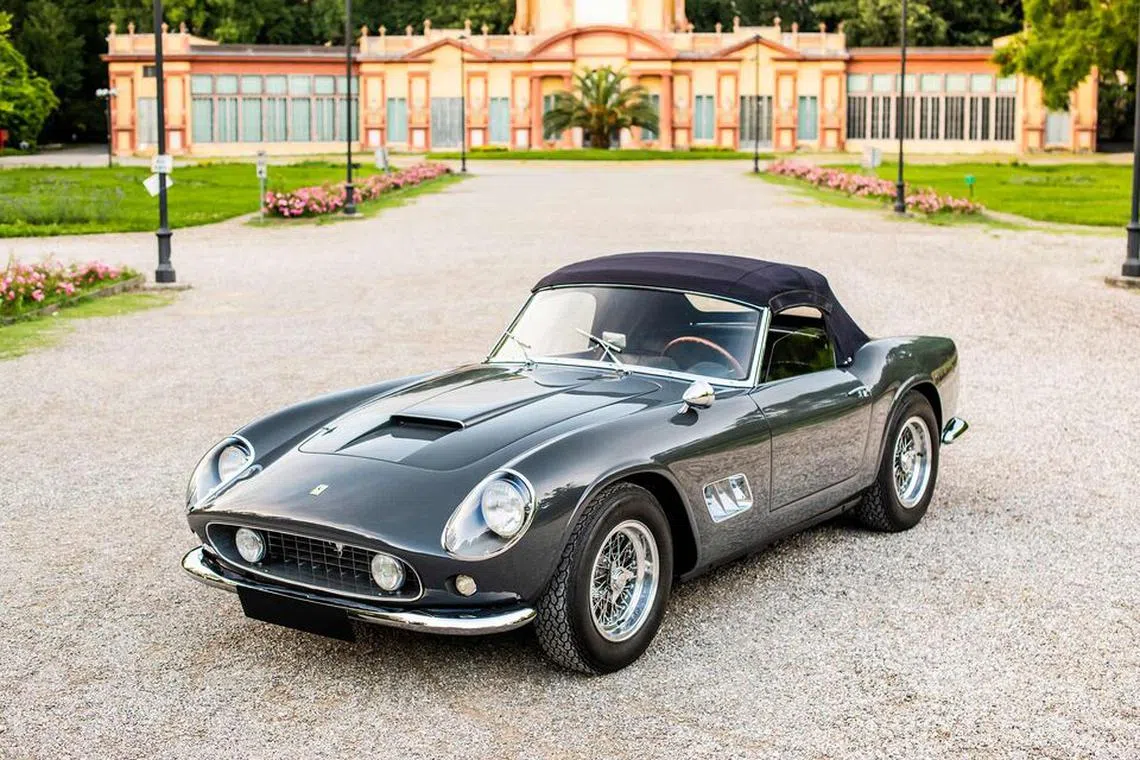
Insiders are characterising the vibe as a temporary shift rather than an all-out bust; only small segments of the market are truly correcting downward and after-auction deals are already pushing final totals higher. Sell-through rates across five auction houses hit 71 per cent as at Aug 18, up from 69 per cent last year, according to Hagerty.
“The most important takeaway from the sophisticated and highly intelligent long-term collector is simple they didn’t buy or sell anything this weekend,” said Steve Serio, a longtime automotive broker for elite car enthusiasts. “They realise there will be opportunities for them [in future transactions] as they are patient.”
Think of it as corrective, not catastrophic, said Peter Brotman, an automotive agent who was buying and selling cars for international clients this week. He described many of the cars left unsold as having a case of “freezer burn”.
“This whole thing is going to be frozen for a minute,” he said.
Ferraris finish first (and third)
Of the top 10 sales of the week, six were Ferraris. The top seller among five auction houses was a 1960 Ferrari 250 GT SWB Spider that went for US$17 million including buyers premiums at RM Sotheby’s, besting its US$16 million low estimate. A 1955 Ferrari 410 Sport Spider that sold for US$12.9 million including fees at RM Sothebys came in third.
The 1938 Alfa Romeo 8C 2900 Lungo Spider that had been stolen and recovered, was listed with a high estimate of US$20 million and wound up as the second-highest sale of the week. Its US$12.7 million hammer price (USS$14 million including fees) was the end of a disastrous bid to recover the US$23 million AIG shelled out in an insurance payment for the car in 2022, though it represented a good deal for the buyer. A spokesperson from Gooding did not respond to a request for comment.
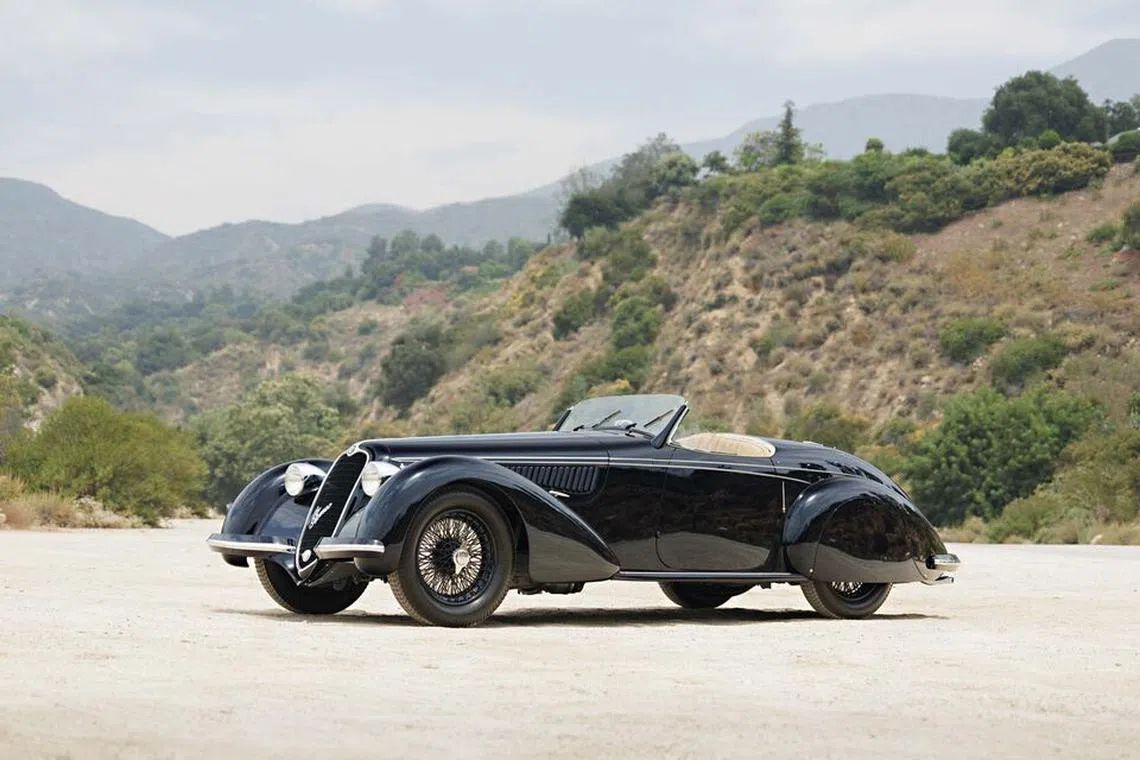
Still, blue-chip vehicles suffered the most from the rocky market. Sell-through rates for cars valued at US$1 million or more dropped to 52 per cent from 63 per cent in 2023, according to Hagerty. The average price of a vehicle sold this year dropped to US$459,000, down from US$478,000 in 2023.
“It’s a big transitional market for many 1950s, 1960s cars,” said Serio. “The ‘rich’ demographic buyers are younger and less interested in the old guard connoisseur cars.”
Several big-ticket Italian cars went unsold. A 1972 Ferrari 365 GTS/4 Daytona Spider was left on the stand with a high bid of US$2.1 million at Broad Arrow; a 1957 Maserati 200Si there failed to sell with a high bid of US$3.2 million.
Kidston blames a get-rich-quick car-buying mentality, which has diverted some buyers from vintage cars with racing provenance and “intrinsic value” to ultra-low-mileage cars with extreme rarity and big-ego specs. “It’s become more about shopping than collecting,” he said.
Younger collectible cars indeed fared somewhat better than older vehicles this year in Monterey, with late-model supercars from Lamborghini, Bugatti and Ferrari going to new homes as market demographics evolve. A red 1995 Ferrari F50 set a world record for the model when it took US$5.5 million (including fees) at RM Sotheby’s in Aug 16-even though it had been repainted multiple times.
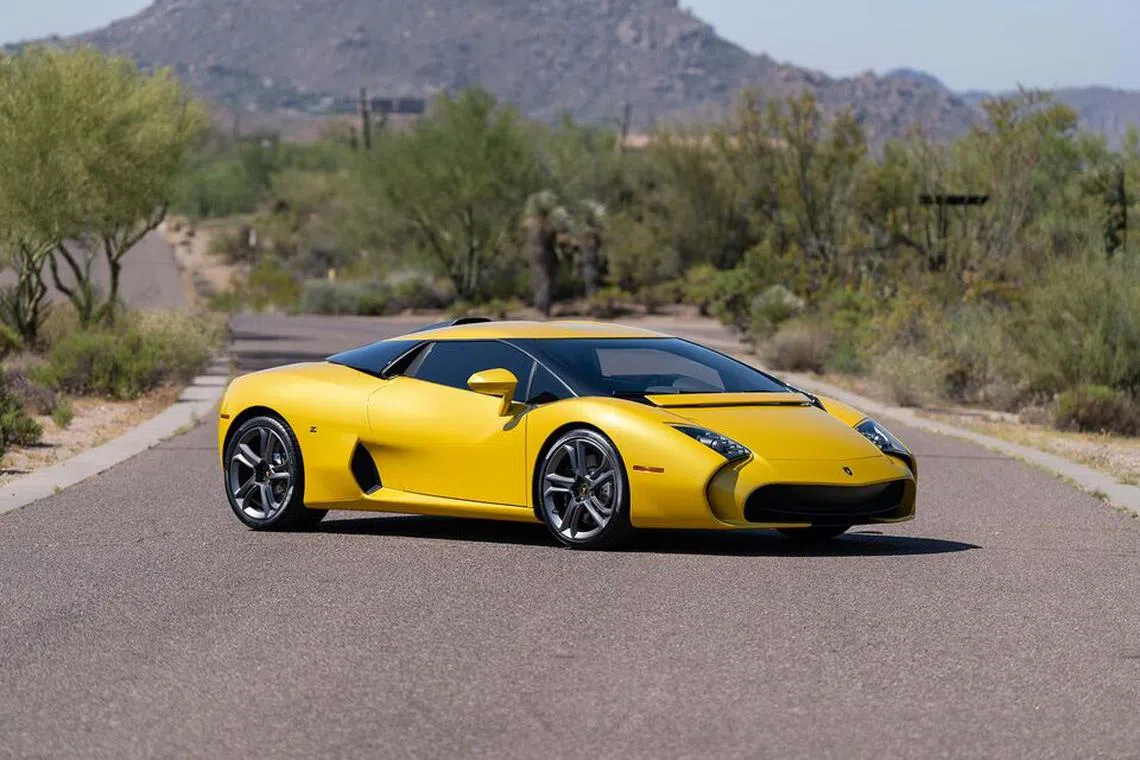
Proponents of the segment say the weekend illustrated a positive changing of the guard. Later-production Diablos such as the 1998 Diablo SV that Gooding sold for US$428,500 and the 2008 Lamborghini Murcielago LP640 Roadster that RM Sotheby’s sold for US$1.4 million represented big jumps in the market for these cars, said John Temerian, founder of the We Are Curated vintage exotic car dealership in Miami.
Such sales show that many collectors want usable cars they can drive to social events and group rallies, not just keep locked in a garage, he said. “The younger generation is excited and inspired by the rare manual V-12 exotics,” said Temerian. “They are not speculating, but rather purchasing based on educated decisions.”
A roller-coaster for Porsche
Porsche, a make which comprised a whopping 17 per cent of all vehicles offered at auction in Monterey this year, showed mixed results. Many of it halo vehicles, such as the 904s, Carrera GTs, and GT1s, were no-sells or sold well below their estimated value range.
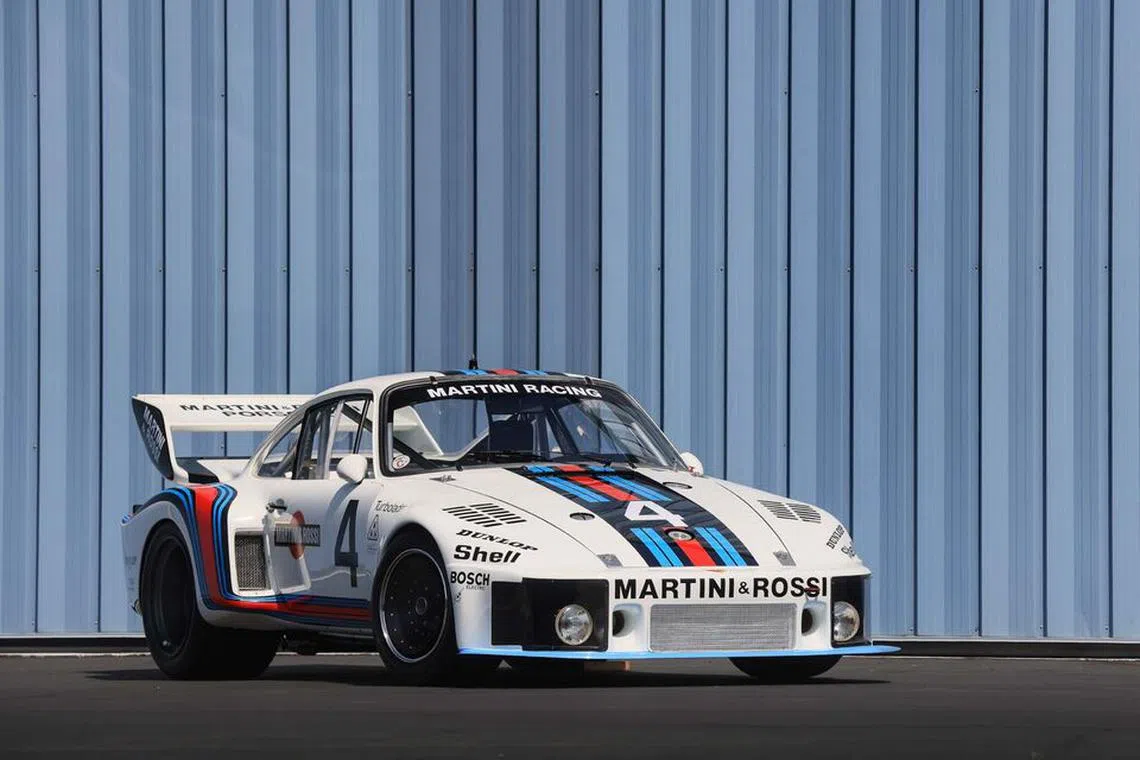
“I think we are coming back to slightly more sustainable levels,” said Kidston, who has described the Porsche market as “massively hyped” in recent years. “Clearly the beanstalk cannot grow to the sky. Those cars, let’s not forget, are still worth a lot more than they were three or four years ago. They might just be worth less than they were 18 months ago.”
At an Aug 14 Broad Arrow auction, a 1973 Porsche 911 Carrera RS stalled out with a high bid of US$1.2 million against a low estimate of US$1.25 million; the next day, bidding on a 1964 Porsche 904 Carrera GTS at Broad Arrow stopped at US$2.1 million, short of the car’s US$2.2 million low estimate. At Gooding on Aug 16, bidding on a 1966 Porsche 906 stopped at US$1.5 million against a US$1.8 million low estimate.
One of the holy grail Porsches that did sell, a 1997 Porsche 911 “993” GT1 Rennversion, sold for US$6.4 million before fees at Broad Arrow on Aug 15 but that was still US$2 million below its low estimate. Even the spectacular 1976 Porsche 935 formerly owned by the billionaire comedian Jerry Seinfeld-the sole works Martini Racing Porsche 935 in private ownership-hammered at US$3.9 million before premiums. It was a lacklustre result considering the sale failed to meet the car’s US$4.5 million low estimate.
The sell-through rate at Broad Arrow for Porsches from the 1980s or newer was stronger; it hit nearly 90 per cent, said Caroline Cassini, a senior car specialist at Broad Arrow. She cited the company’s alignment with the “shifting tastes” of the next generation of collectors as the reason for the high sales percentage.
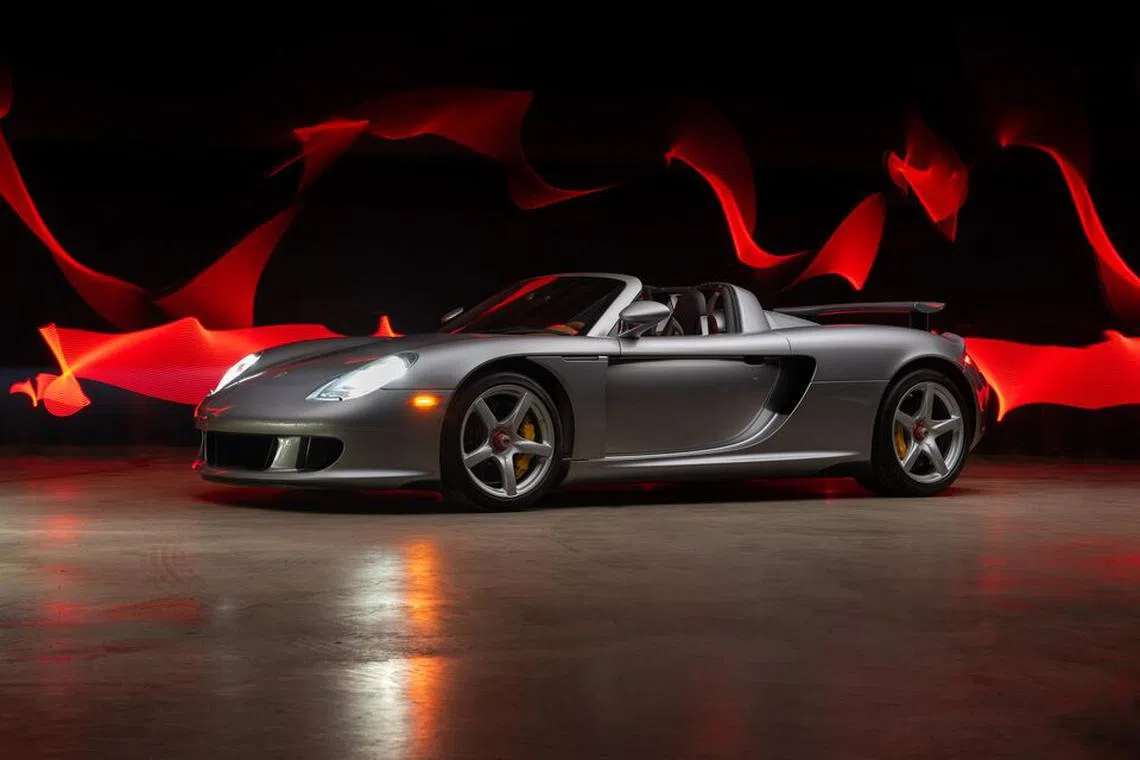
The market is booming for aftermarket Porsches built by independent modifiers such as RUF and Singer, which saw their wares sell for more than what a Carrera GT, 959 and other factory-built Porsche superstar cars currently command. Broad Arrow sold a 1998 RUF CTR 2 for US$1.9 million and a 1998 RUF Turbo R for US$1.5 million on Aug 14 both sales, before fees, were still more than the 2005 Porsche Carrera GT the auction house sold for US$1.08 million the next day. A 1991 Singer DLS at Gooding took in US$2.8 million before fees.
The mood has experts cautious about future big sales such as the Seinfeld-owned 1970 Porsche 917K that Mecum Auctions announced it will offer next year in Kissimmee, Florida. The car is significant because it was Steve McQueen’s hero car from the film Le Mans. But the 917 model line is rife with counterfeits and conversion kits, which could make this one a more challenging sale.
“McQueen is relevant, and the 917 will always be iconic,” said Brotman. Aside from that, it’s impossible to know what will happen. The post-Covid bull run may have ended, but it’s not time to hit the panic button just yet. Smart investors are taking the long view. BLOOMBERG
Decoding Asia newsletter: your guide to navigating Asia in a new global order. Sign up here to get Decoding Asia newsletter. Delivered to your inbox. Free.
Share with us your feedback on BT's products and services



